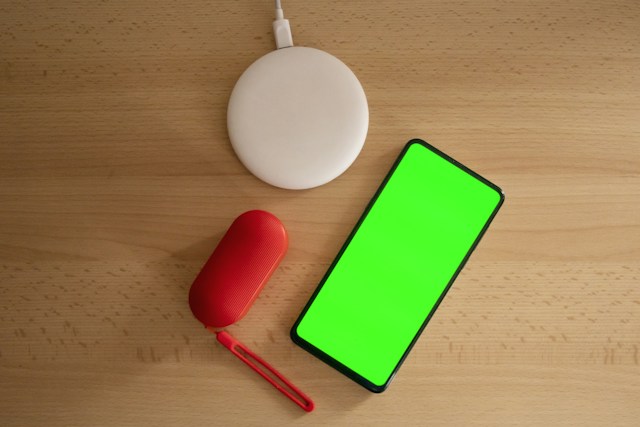Wireless Device Unleashes Magnetism in Non-Magnetic Materials

A research team at the Universitat Autònoma de Barcelona (UAB) and ICMAB has successfully created magnetism from non-magnetic materials by leveraging wireless technology.
Traditionally, electronic devices have used electric currents to manipulate electrical and magnetic properties. However, this can lead to overheating, which can reduce efficiency and shorten the lifespan of devices. In recent years, there has been a growing interest in controlling magnetism using voltage instead of current.
Previous research focused on applying voltage directly to the magnetic material using electrical connections. The new approach, on the other hand, allows for wireless magnetism control.
To conduct their experiments, the researchers placed a sample of CoN in an ionic liquid and applied voltage to it through platinum plates without direct electrical connections. This created an induced electric field that prompted nitrogen ions to depart from the CoN, causing the material to transition to a magnetic state.
The researchers also found that the induced magnetic properties could be adjusted based on the applied voltage, time, and sample orientation, either temporary or permanent.
ICREA researcher Jordi Sort, from the UAB Department of Physics, noted that the wireless approach has several potential advantages over traditional methods of controlling magnetic properties, which often require physical wiring.
For example, wireless control could enable the development of wire-free nanorobots that can be manipulated remotely. It could also be used to write and erase information in magnetic memories without the need for physical wiring, which could lead to more efficient and smaller memory devices.
In addition to its potential applications in biomedicine and computing, the researchers believe that their methodology could also be used to control other physical properties wirelessly, such as superconductivity, memristor control, catalysis, and transitions between insulator and metal.
This opens doors to a wide range of technological innovations in areas such as energy storage, electronics, and materials science.
The study was published in the journal Nature Communications and was led by ICREA researcher Jordi Sort and ICMAB researcher Nieves Casañ-Pastor, with contributions from various researchers in the field.

 Tech Steel & Materials
Tech Steel & Materials
Comments are closed